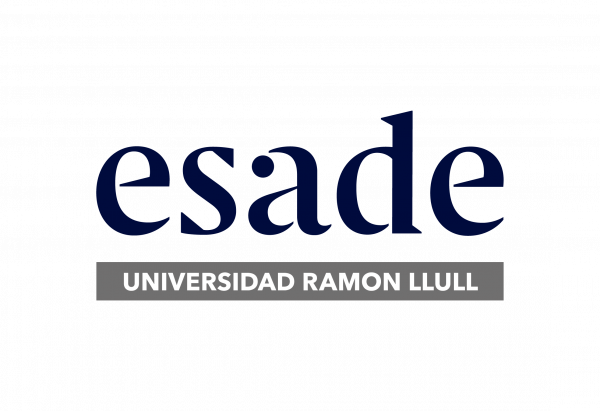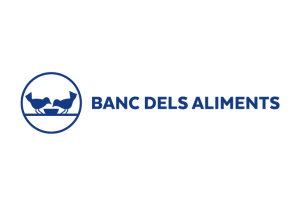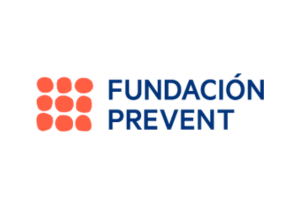Josep Comajuncosa, Associate Professor in the Department of Economics, Finance and Accounting at Esade, analysed the current outlook on inflation during the Refresher Programme session “Inflation and Growth”.
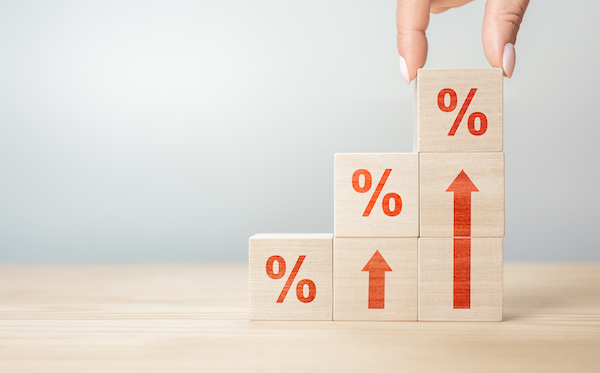
During a Refresher Programme session entitled “Inflation and Growth”, Josep Comajuncosa, Associate Professor in the Department of Economics, Finance and Accounting at Esade, analysed the current inflationary predicament, calling a global spike in inflation one of the challenges to economic recovery and stressing the need for central banks to act.
Just when it seemed to have fallen off the radar, inflation has come roaring back, presenting a problem not seen since the 1970s and early 1980s, when rising oil prices caused deep and prolonged stagflation, i.e. a long period of economic stagnation coupled with high levels of inflation.
Whereas deflation was the main problem during the 2008 crisis and the pandemic, nowadays rising oil, gas and food prices are driving inflation worldwide. To combat this, central banks have suspended asset purchase programmes and initiated a series of interest rate hikes that could curb economic activity and jeopardise the recovery that began in 2021 after the COVID-19 crisis.
“Inflation started to rise to 10% in the second half of 2021,” explained Prof. Comajuncosa. “It was demand-pull inflation driven by expansionary monetary and fiscal policy, rising consumption and supply chain disruptions. This was an acceptable price to pay for economic recovery after the pandemic-related shutdowns. By the end of the year, however, we started to worry that there was a problem due to the excess demand and the supply. Since February 2022, against the backdrop of war and economic sanctions, commodity prices have increased and inflation has become a supply-side phenomenon – uncontrolled, persistent and requiring central bank intervention.”
Since February 2022, against the backdrop of war and economic sanctions, commodity prices have increased and inflation has become a supply-side phenomenon – uncontrolled, persistent and requiring central bank intervention
Countries have been forced to undertake a more drastic reorientation of their monetary policy, accelerating the withdrawal of economic stimulus measures, raising interest rates and reducing asset purchase programmes – measures that would hamper growth, forcing the authorities to seek a balance between curbing inflation and protecting the recovery.
The commitment to stopping inflation is clear: the Federal Reserve has already announced that it will increase rates to 3.5% by the end of the year, and the European Central Bank has also started raising rates.
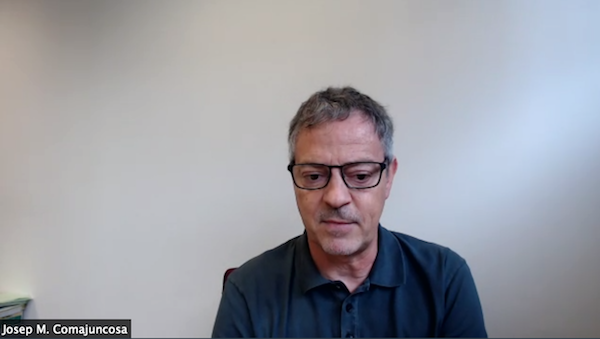
Possible scenarios
Although the baseline scenario assumes that inflation will eventually ease, Prof. Comajuncosa warned that it could end up being higher for several reasons. Worsening supply-demand imbalances and higher commodity prices could keep the rate of inflation persistently high.
Moreover, “if price levels remain high, it could set in motion a wage-price spiral, leading to chronic inflation,” Prof. Comajuncosa said. The increase in nominal wages could accelerate towards the level of consumer price inflation as workers demand higher wages to maintain their purchasing power, which would intensify and amplify inflationary pressures. “Inflation would then act as a self-fulfilling prophecy,” he added.
If price levels remain high, it could set in motion a wage-price spiral, leading to chronic inflation
According to Prof. Comajuncosa, stagflation remains an avoidable scenario. The most likely scenario, in his view, is a moderate recession with a monetary contraction. And there is yet another difficulty: the accumulated public and private debt, which stands at 350% of global GDP. Difficulty repaying this debt has an effect on the economy and raising interest rates does not help in this regard, according to Prof. Comajuncosa.
It is worth noting that rising prices will be felt most acutely by vulnerable populations and emerging countries. Although the weaker eurozone economies have seen their risk premiums increase, the European Central Bank has announced measures to help provide financing for countries with problems.













